Gone. This one word is in heavy use right now. Heavy as in frequent, and heavy as in weighty. Gone are homes. Gone are temples. Gone are entire villages. Gone are animals. Gone are the thousands of people who died in the 7.8 earthquake which rocked central Nepal midday on Saturday, April 25. Felt across Nepal and into Bangladesh, India, and Tibet, the earthquake is still not over. There are people being rescued alive in rubble. There are still tremors and aftershocks. There are landslides and avalanches. There are still entire regions from whom we have not heard, about which we do not know their status. We do not yet know. It is not over.
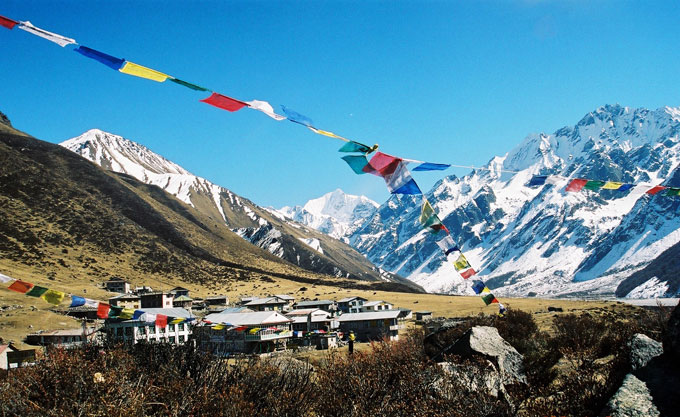
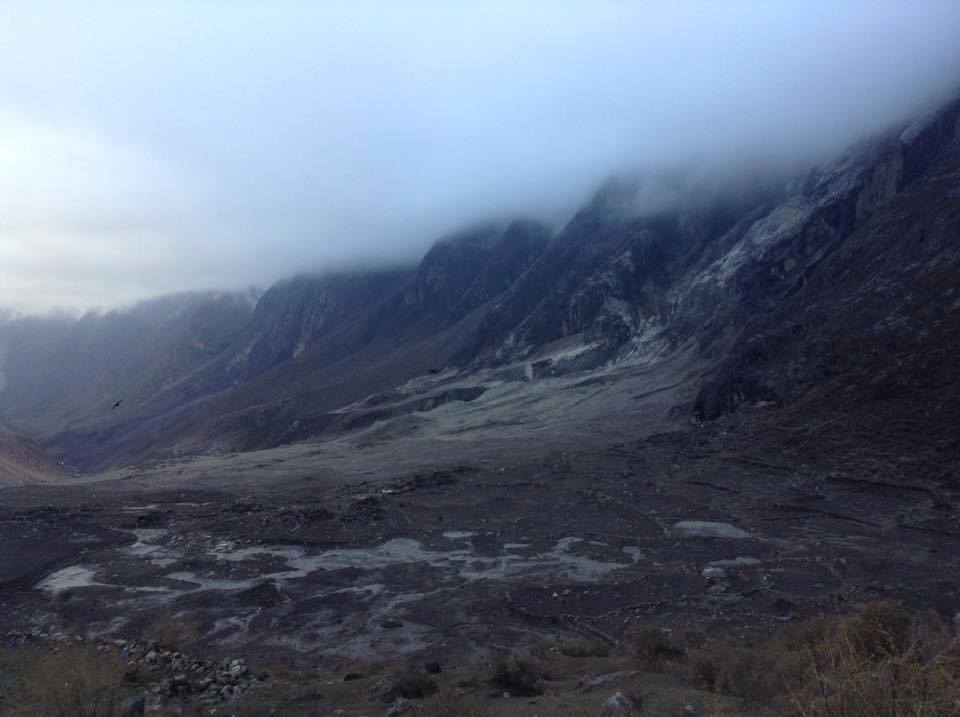
What we did know was that a big earthquake was coming. One had long been predicted for Nepal. Despite this, emergency preparedness mostly took the form of prayer, of hoping it wouldn’t happen or that it wouldn’t be too bad. It did happen and it was bad.
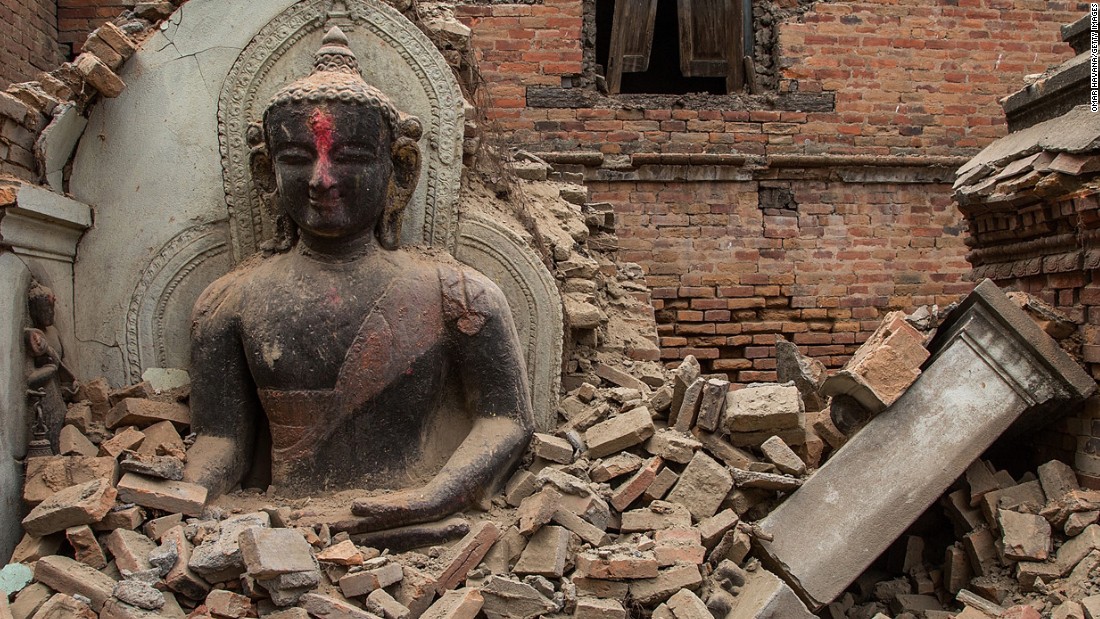
For those in Kathmandu and those of us outside Nepal—Nepalis abroad, Tibetans from Nepal, everyone with connections to the country—social media has been crucial. Crucial for getting information about beloved family members and friends. Crucial for organizing and connecting people. Crucial for fundraising. Crucial for sharing pain and shock and relief and hope. But crucial only for some. Many cannot access the internet, or recharge their batteries, or were perhaps never quite online at all. As Nepali journalist Kanak Mani Dixit said on Twitter, “This was a very class-conscious earthquake, in town & country it targeted underprivileged households with mud-mortar construction.”
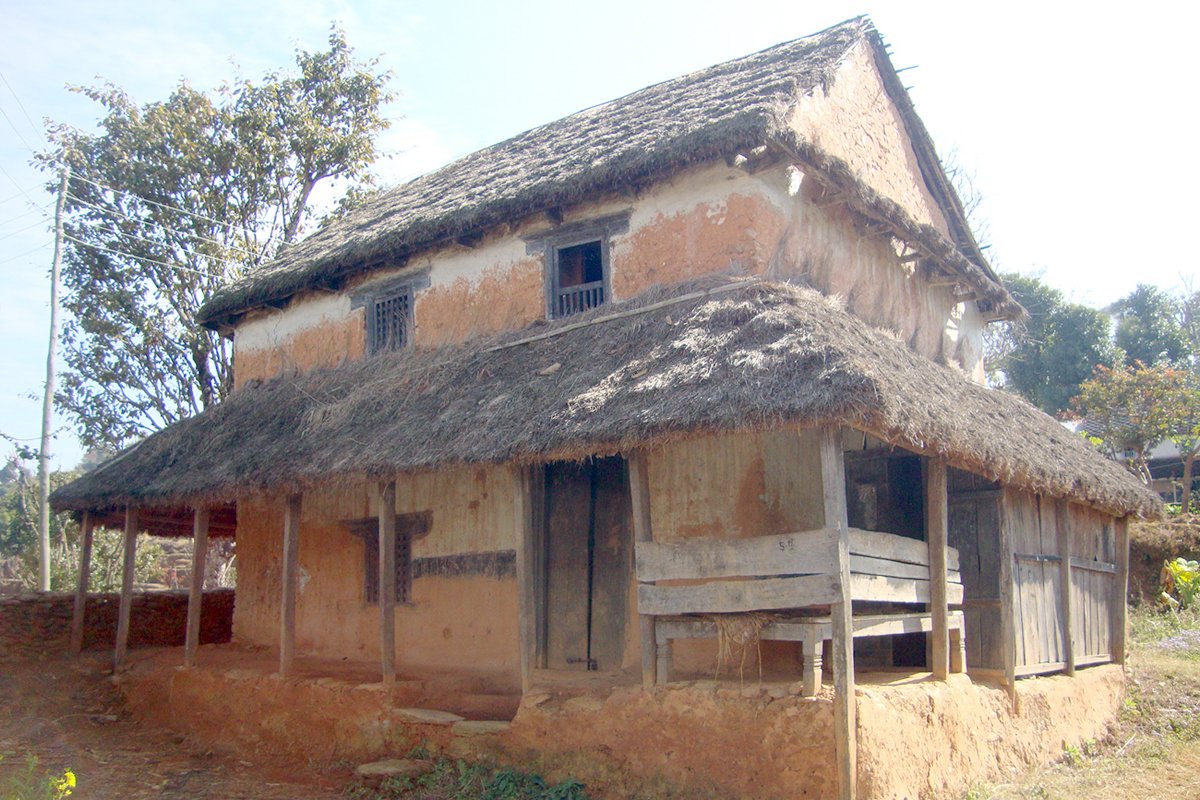
Many of the places and peoples most severely hit were the poorest, those in villages close to the epicenter where homes are made from mud and wood. Homes that collapsed in the earthquake. Homes in regions where there are no vehicular roads, where already weak communication infrastructure is now not operative, where rescue and relief operations are struggling to reach.
Some of these villages are known to anthropology students around the world. For better or worse, Nepal has a deep ethnographic literature, much of it centered on the sort of mountain villages so devastated by the earthquake. “If Each Comes Halfway” by Kathryn March. Order in Paradox by David Holmberg. Tibetan Diaries by Geoff Childs. People of Nepal by Dor Bahadur Bista. Body and Emotion by Robert Desjarlais. Rituals of Ethnicity by Sara Shneiderman. Sherpas Through Their Rituals by Sherry Ortner. The Navel of the Demoness by Charles Ramble. And so many more.
Some of these villages are gone.
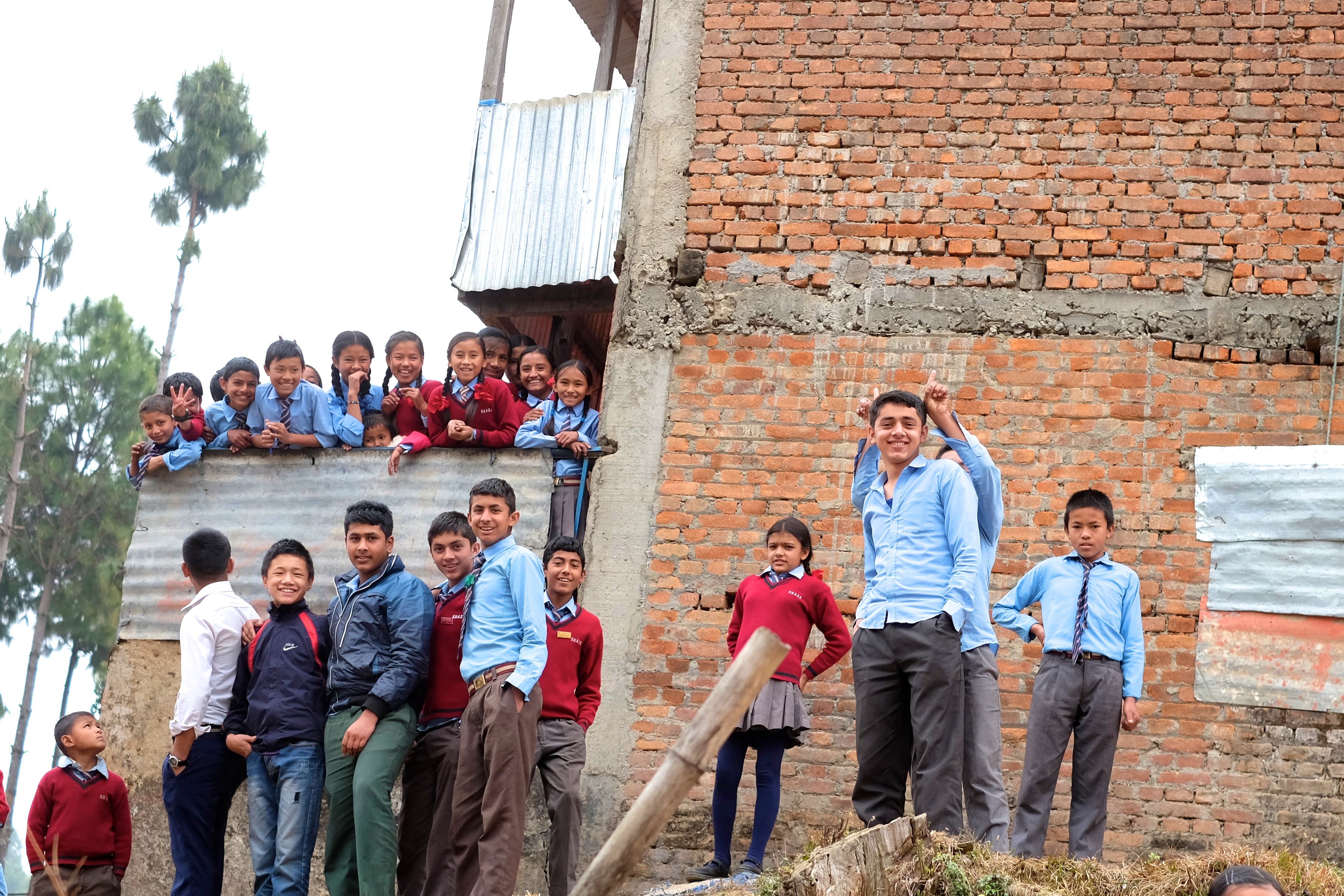
Cornell University professor of anthropology Kathryn March writes on Facebook:
“My heart is heavier than the Heart Sutra, which is usually translated as: “Form is emptiness. Emptiness is form. Gone. Gone. Gone beyond. Gone altogether beyond.” Mhanegang, where David Holmberg and I have worked for 40+ years, is gone.
According to our longtime friend, host and research partner, Suryaman Tamang, all the houses in Mhanegang have been destroyed. They have already lost seventeen people in this one small community. Up the mountain, in Balche, Jay Tamang reports that thirty people were killed by a single landslide. And at the head of the valley, according to Sarita Lopchen Himdung, the large dense community of Bomtang was flattened. Cremation pyres have been burning almost non-stop throughout the entire Salankhu Khola valley. I can almost hear the keening of mourners here.
It is incredible to me that we were just in Mhanegang a few weeks ago. The Cornell Nepal Study Program students and faculty were with us there a few weeks before that. We sang and danced well into the night: the CNSP students showed everyone the macarena and square danced; the Mhanegang villagers taught the CNSP students Tamang line and circle dancing. There were newborn goats and sel roti. The students bathed at the spring in the sun…
Mhanegang, like all of Nepal, was of course, very lucky that the first earthquake occurred at noon, when few people were asleep or in their houses, and on a Saturday, when no one was at school. Most people were relaxing or working outside with family and friends. They are not lucky now. Everything they had is buried under the rubble of their houses. They are not on anyone’s relief radar. And the quaking continues.”
Anthropology is the sort of discipline that involves personal as well as professional commitments. You cannot be an anthropologist without these. Our commitments are to peoples and places in good times and in bad, and to knowing and thinking hard about systems and structures and sentiments. Our commitments are to making sense of the frustrations, the possibilities, the unknowns. One way to do this is by writing. In this immediate moment, several anthropologists have already done so:
Sara Shneiderman and Mark Turin write about tragedy beyond Kathmandu and Everest: “Nepal’s Relief Effort Must Reach the Rural Poor”
Sienna Craig on the shaking of both earth and hearts: “The Ground Beneath Our Feet: How to Help Nepal”
David Gellner addresses serious problems of government and infrastructure: “Could Nepal’s Messy Politics Hamper Relief Efforts?”
From medical anthropologist and doctor David Citrin in far west Nepal: “From Remote Nepal, a Warning Against Ahistorical Disaster Relief”
Our commitments also stray from the text. They take root in hopes for improvement and for better, brighter futures. They take the form of small-scale projects and large-scale dreams. Some anthropologists and other scholars are on the ground in Nepal offering up their many skills and learning new ones needed in this moment. Those of us far away from Nepal are grateful for their updates on Facebook, for their eyes and ears and hands in this moment, for shortening the distance between here and there in ways newly needed.
Our commitments from afar are financial as well as moral and intellectual, getting money to respected aid organizations for rescue and relief, for operations taking place right now as I type. In the coming weeks and months, we anticipate needs will turn toward directing money and support to those organizations with experience and expertise in reconstruction and rebuilding. For those who would like to join in this efforts, here are some groups recommended by myself and other anthropologists of Nepal:
American Nepal Medical Foundation, respected teams of Nepali and American doctors. Immediate relief work.
Mercy Corps, respected international organization with decades of experience in Nepal. Immediate relief work.
Educate the Children, respected local group, Nepali-foreign collaboration, working in rural mountain villages impacted by the earthquake.
For more information on trusted organizations in Nepal, as well as how to contribute skills from afar, see the collected suggestions of the US-based Association for Nepal and Himalayan Studies (a group which includes many anthropologists).
Over these last five days, I keep finding myself thinking not only of Nepal, but also of Haiti. I turned to the words of my dear colleague and Haitian anthropologist Gina Athena Ulysse. On the first day of the earthquake in Haiti, she reflected on one’s duty to Haiti, a duty felt by many who “despite their personal hardships, chose to engage in community-building.” In Nepal as in Haiti, we are witnessing duty and community in numerous acts of citizens responding to the devastation. Rescuing, caring for, organizing, making new commitments to each other, and in turn new demands on the state. These are not empty words or actions.
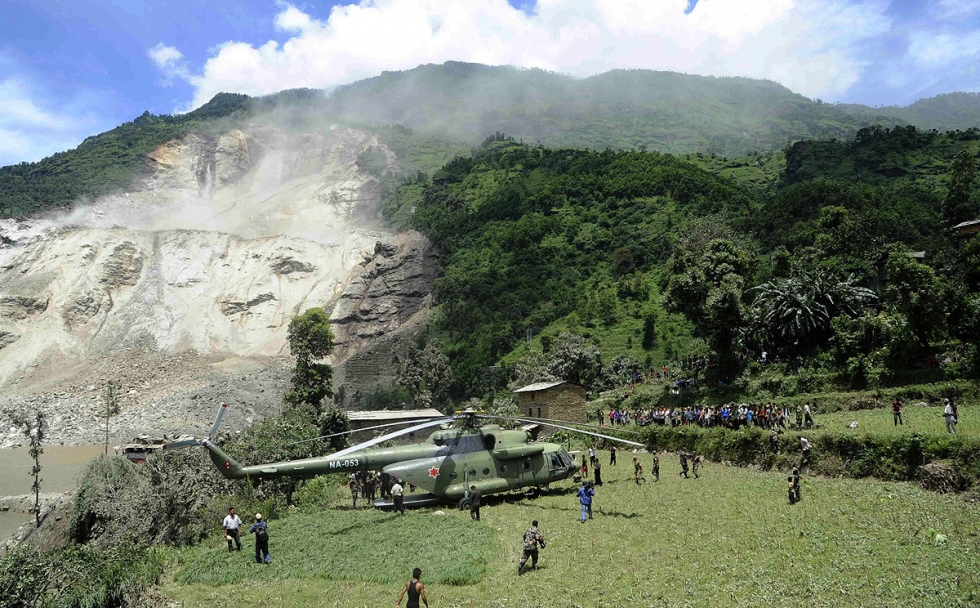
Where is the government? Where is the state? At the time of the earthquake, Nepal was trying to rebuild its government following a ten-year civil war that ended in 2006. This has been a complicated, convoluted process during which time there has been no constitution, no legal government from May 2012 through January 2014, and no governmental services in many areas. The security forces now involved in search and rescue missions are the same ones who attacked or could not defend citizens during war or its aftermath. Many related struggles have been beyond the reach of the government:
Out-migration and deaths of Nepali laborers in the Middle East.
Patchy local-level economic development depending on which families are receiving remittances from abroad and which are not.
New environmental crises and pressures throughout the country.
Dire conditions for Tibetan refugees in Nepal with the growing influence of China.
The 2014 avalanche on Everest, and grievances of the Sherpa community.
The continuing inability to hold elections for local level governance.
And so on.
And now.
When Nepalis say they want more from their government, when they ask where is the state, they ask in this context. This context of a country struggling to rebuild after war, of a country in which inequalities are painfully visible, and yet in which resilience and resourcefulness are a national tradition. The rebuilding from the earthquake will thus not only be a response to a natural disaster, but also to human conflict. May it be a rebuilding of the country that is led by people, not by politicians.
One of the first phrases a student of the Nepali language learns is ‘Ke garne?’ This all-purpose phrase is often posted as a declarative or reflective statement, a question not requiring an answer because it is both question and answer. Ke garne means what to do, and it is asked when there is no real answer, when the answer is obvious or absent. It encapsulates a sense of resignation, but right now, this is not the sense coming from Nepal. There is not a sense of resignation, but of commitment and care. This phrase that has always captured something so telling about Nepal no longer works. The question is not the answer.
And thus: Ke garne?
Help. Learn. Teach. Act.
Thank you.
Gar ne Parcha – Ta ra – Kase ri? Got to do …but who is to co-ordinate – motivate – and see it through? Can any one suggest – such a group of people – who can make it happen and bring it all together. I am sure there are enough people out there – who dearly love Nepal and its people to assist with the self help attitude of the ordinary people of Nepal.
I believe there is such a person in Kathmandu. His name is Prabhas Pokharel. Find him and ask him to lead and organize the relief effort.
Sharing Cornell study abroad student Laura Lin’s blog, lots well worth reading here including her post “Some moments in Mhanegang” http://blogs.cornell.edu/cuacl898/2015/03/02/some-moments-in-mhanegang/
“Can international aid community break entrenched patterns” in the recovery process for Nepal? Anthropologist Heather Hindman’s new article: http://theconversation.com/nepals-recovery-can-international-aid-community-break-entrenched-patterns-40881
The following piece does show sympathy for a crisis ridden quake hit Nepal; Does any anthropological study have ever talked about why average Nepali’s lives are poorest and why power politics matter? I wonder that how & why European scholars’ Nepal eye is always mired with a deep sense of ethnocentric simple formulation to save a country following some tips; My comments might be felt ‘uneasy’ and some may take it derogatory too.
Must read for anthropologist related to the beautiful people of Nepal! Thank you. Heartbreaking true how the earthquake can change the ‘culture of acceptance’. From resignation to fate, to bottum-up organizing.